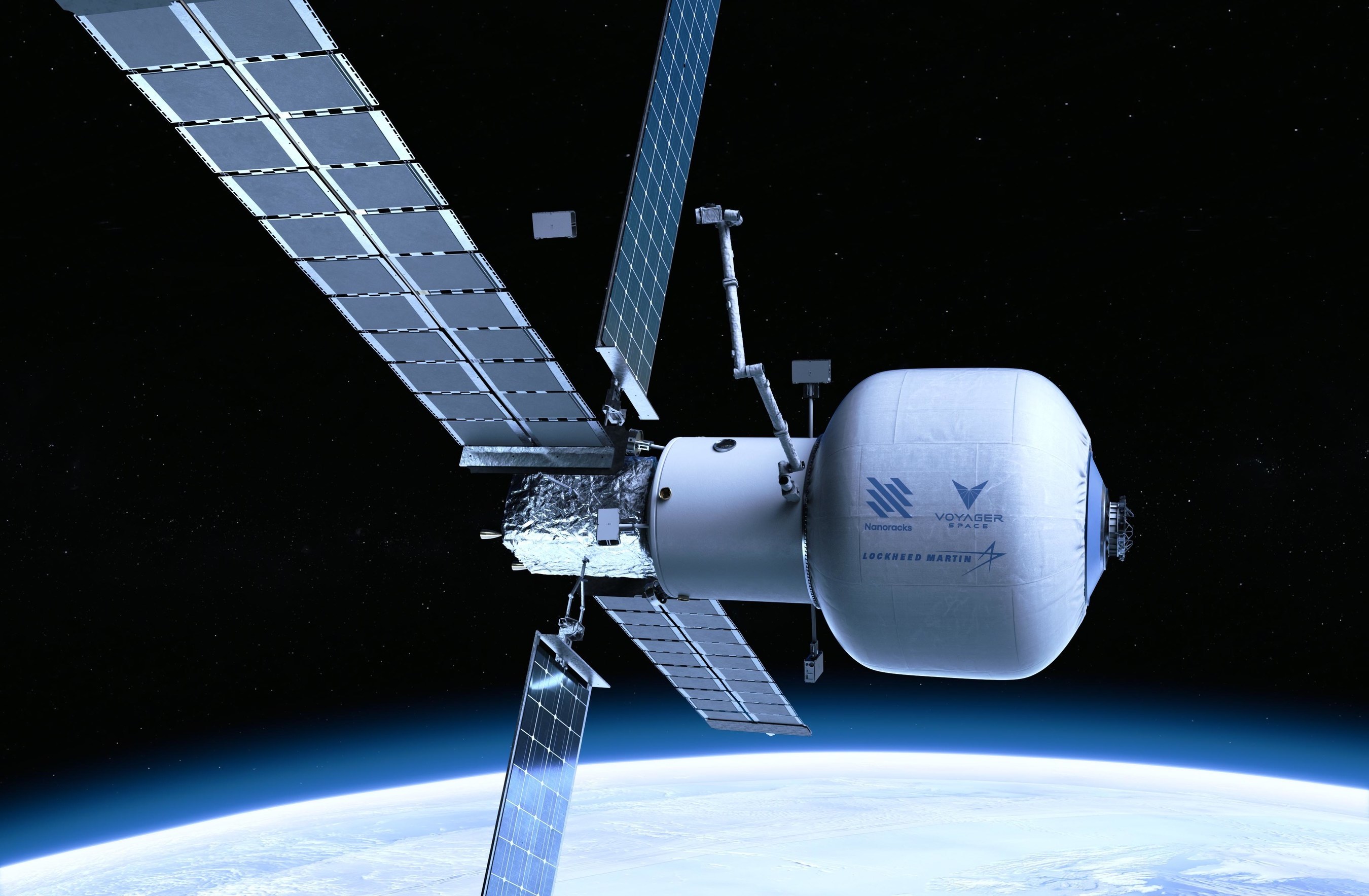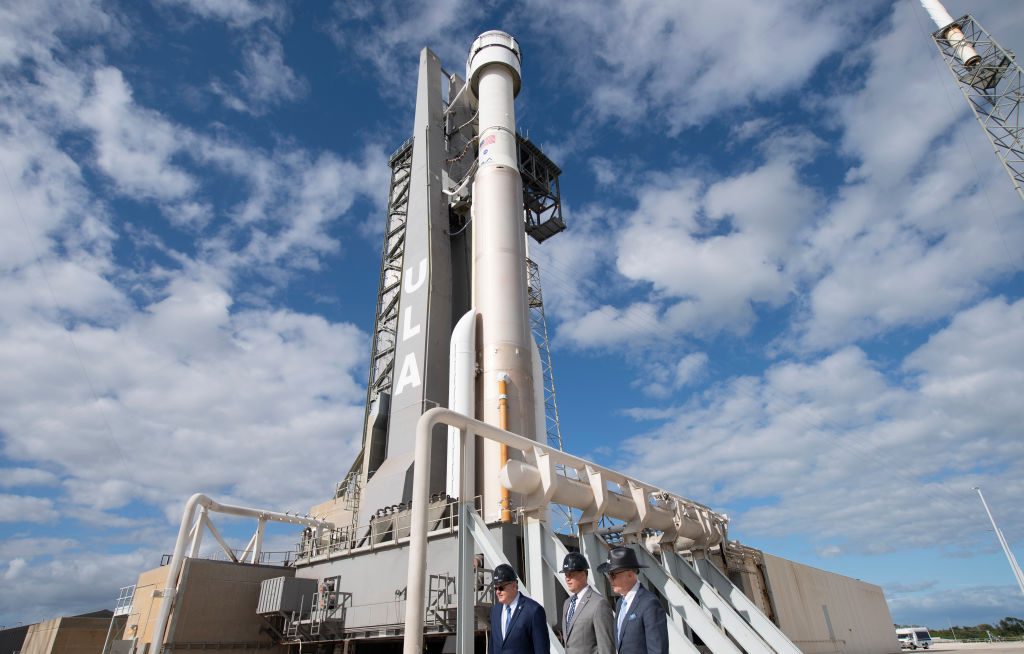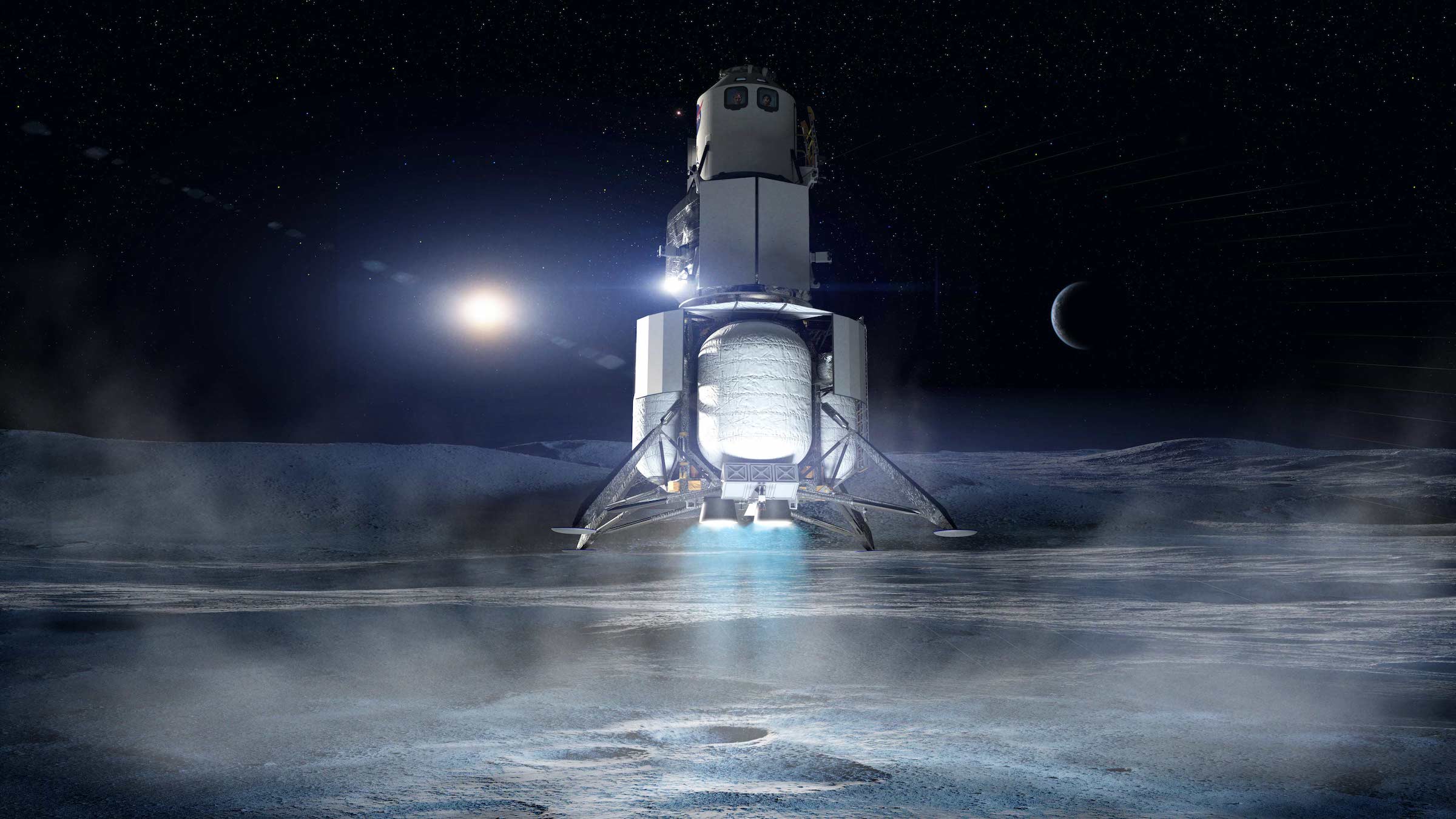Hello and welcome back to Max Q. The era of commercial space stations is here. Read on for news from Nanoracks, Voyager and Lockheed Martin on their plans to launch a space station in 2027, plus news on SpaceX’s Starship.
Tips, opinions, criticism, thoughts? Email me at aria.techcrunch@gmail.com or find me on Twitter at @breadfrom.
Don’t forget to sign up to get the free newsletter version of Max Q delivered to your inbox.
The next chapter of the new space economy: Destinations
I spoke with Voyager Space Holdings CEO Dylan Taylor, Nanoracks CEO Jeffrey Manber and Lisa Callahan, Lockheed Martin’s VP of commercial civil space, to discuss the companies’ plans to launch a commercial space station in 2027.
“NASA as a customer has unleashed this extraordinary revolution in space transportation,” Manber said. “Building on the success that NASA had with cargo, building on the success of commercial crew, one can anticipate that with the markets interested in space, we’re going to see the same thing with smaller private space stations.”

Starlab, a commercial low Earth orbit space station is being planned for use by 2027. Image Credits: Nanoracks
Starship fires up as SpaceX awaits regulatory approval
For the first time, SpaceX completed two test firings of its Raptor vacuum engines while they were attached to a Starship rocket. CEO Elon Musk later said the next-gen, heavy-lift rocket will be ready for its first orbital launch attempt next month, pending approval from regulators.
First firing of a Raptor vacuum engine integrated onto a Starship pic.twitter.com/uCNAt8Kwzo
— SpaceX (@SpaceX) October 22, 2021
SpaceX still needs approval from the Federal Aviation Administration before it can attempt to send a fully stacked version of its Starship and Super Heavy booster to orbit. This past week, the regulator heard public comment in two separate sessions on its draft environmental assessment of the proposed launch site, a normal part of the licensing process. It’s unclear when the FAA is likely to release a final decision on the license. The public comment period on the draft EA is open until November 1.
NASA and Boeing: Starliner grounded until first half of 2022
The beleaguered Starliner spacecraft will not fly until sometime during the first half of next year at the earliest, NASA and Boeing executives confirmed. While Boeing is still unable to identify the root cause of why 13 of the 24 valves in the propulsion system remained stuck in the closed position during routine pre-mission activities, the company is suspecting Florida humidity and corrosion as the main culprit.
Boeing emphasized during a media briefing that it had conducted multiple tests on these valves prior to Starliner making it to the launch pad, and yet it still didn’t catch the issue. Nevertheless, NASA’s manager of the Commercial Crew program Steve Stich said the agency maintains “every confidence that Boeing will be flying crew soon.
“We’ll get this problem solved and then we’ll have two space transportation systems like we want, with Boeing and SpaceX both flying [ … ] I have no reason to believe Boeing won’t be successful.”

Image Credits: NASA/Getty Images
Senate committee to NASA: Pick two developers for lunar lander program
Senators have directed NASA to select two teams to develop lunar landers under the Human Landing System program, according to a draft appropriations bill for the agency’s fiscal year 2022 budget. The catch? They’re only giving the agency an additional $100 million to do so.
NASA has maintained that it selected SpaceX — and only SpaceX — to develop a lander because it submitted the lowest-cost bid: only $2.9 billion, compared to the price tags of Blue Origin’s proposal ($5.9 billion) and Dynetics ($9 billion). Given the significant difference in cost between the three proposals, it’s unclear how the Senate’s increase to the HLS program — which is only $100 million — will enable NASA to select an additional team.

Image Credits: Blue Origin
News from around the web
- LeoLabs, a startup developing a global tracking network for objects in orbit, has announced the sixth site for its next two ground phased-array radars: Western Australia. The site will help the company track launches from Asia, as well as orbital objects traveling over the southern hemisphere.
- Morgan Stanley Research released a survey showing that institutional investors and industry experts expect SpaceX to hit a higher valuation than Tesla. The automaker’s market cap currently sits at around $895.6 billion.
- Orbex, a Scottish space firm, has unveiled its “Prime” space rocket. According to a study from University of Exeter, launching Prime would produce up to 86% less emissions than a comparable launch vehicle.
- Rocket Lab has set a target date of November 10 for its next launch, where it will attempt the company’s third ocean recovery of its Electron first stage. For the first time, a helicopter will be stationed in the recovery zone to test communications and tracking, in preparation for future mid-air capture of the booster.
Join us at TC Sessions: Space in December
Last year we held our first dedicated space event, and it went so well that we decided to host it again in 2021. This year, it’s happening December 14 and 15, and it’s once again going to be an entirely virtual conference, so people from all over the world will be able to join — and you can, too.

